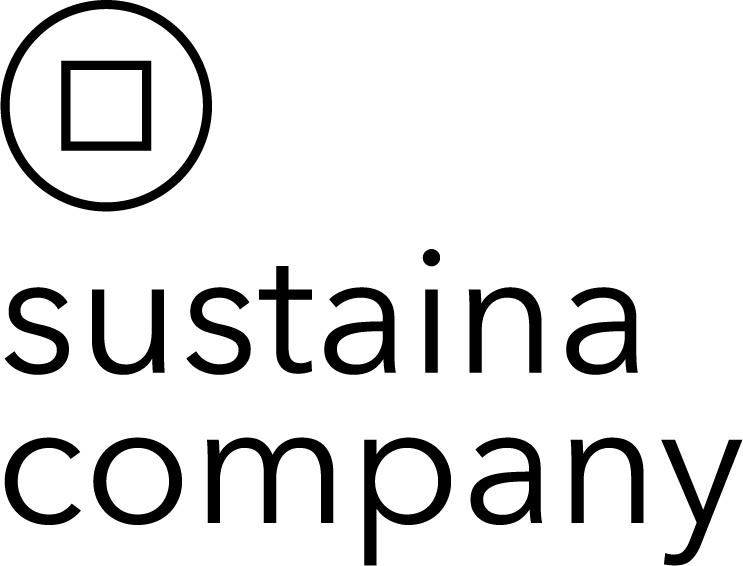Ecodesign & Digital Product Passport: What we know so far
While most companies strive to achieve the best possible quality in their products, there is still some way to go for others.
That includes complying with standards within durability, reliability, reusability, environmental footprints, presence of substances of concern in the products, and so on.
In March of 2022, the EU proposed a new Ecodesign for Sustainable Products Regulation (ESPR).
Yes, we have touched upon this earlier, but it is important to stay updated on what is happening in the land of EU directives and regulations.
The ESPR presents a framework to improve the environmental sustainability of products, built on the Ecodesign Regulation that currently only covers Energy-related products.
What is the Ecodesign Regulation?
The Ecodesign requirements are well known in the industry of energy-related products.
Here, the EU sets energy and environmental requirements on products, such as electronics.
This is done with the purpose to remove the least energy-efficient and most environmentally harmful products from the market.
How does that affect the fashion and lifestyle-industry?
We’re glad you asked.
This new proposal will, if adopted, provide the EU with the possibility to set new standards and requirements for almost all products placed in the EU, with only a few exceptions.
That also includes the fashion and lifestyle industry – which, by the way, is one of the most prioritized categories to define requirements for.
The purpose of the requirements is to significantly improve the products’ circularity, performance, and other aspects of environmental sustainability.
The requirements set by the Commission relate to:
Product durability and reliability
Product reusability
Recycled content in products
Product upgradability, reparability, maintenance and refurbishment
The presence of substances of concern in products
Product energy and resource efficiency
Product remanufacturing and recycling
Products’ carbon and environmental footprints
Products’ expected generation of waste materials
At the end of the day, these requirements are meant to ensure that all products placed in the EU live up to certain standards concerning quality, safety, longevity, and environmental impact.
Digital Product Passport (DPP)
To help the process, the proposal also includes the idea of a product passport.
A passport that carries all the data and information about the product in its entire life cycle.
Not only is it designed to improve traceability, but it will also ensure that various actors in the value chain can get access to all the product’s information.
With the product passport, consumers can make informed choices when it comes to their purchases.
Although the proposal has yet to be implemented, it is always a good idea to be aware of possible changes and demands in the future - and this might be one that can affect your company.

